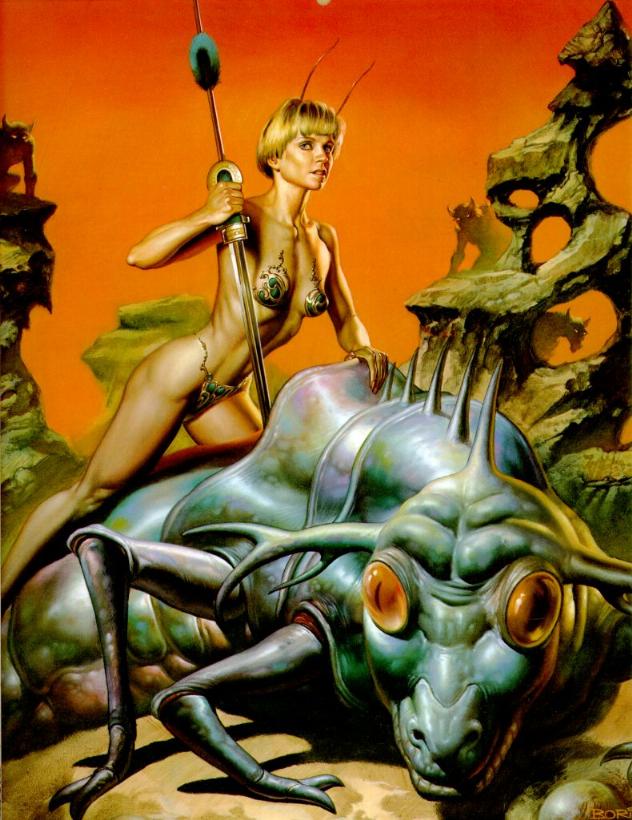Writing within the Design Process
Illustrators and Painters draw and sketch probably everyday not only to enclose themselves in a world of ideas and their work, but also to improve their skills. To them the art of drawing is of paramount importance. I doodle almost everyday, not to improve my drawing skill (though to improve the skill of drawing, requires that you draw often), but to explore varied ideas for the varied projects that I have planned for myself.
A sketch, a doodle, a completed painting - speaks a thousand words. Yet, designers seldom use words to explore ideas.
Words, often are clearer than messy doodles. To write, requires you to think and rethink. The exploration of ideas through writing, as what I am about to suggest is not to replace drawing, but to add clarity to the already mysterious design process. Writing demands the clarity of thinking, that sketching might not require. Writing is rigorous and meticulous. Drawing is organic and unconstrained. Both has its place in the design process.
The exploration of concepts and ideas through writing allows the designer to place serious consideration on its importance. While drawing, we may allow the focus on form to complicate or compete with the exploration of concept. With the absence of any visuals or pictures, the focus falls squarely on concept. It brings awareness to meanings of words and narratives. Writing gives concepts a voice, that a sketch or a doodle may not show.
When writing, especially when we want our clients to be involved in the process, it is vital that we be as clear as possible. Concept is king, yet its importance might be lost because of ambiguous writing. The concept of concept is already mysterious to the client, it does not need ambiguous writing to cloud its purpose. Let the words be yours and your client's guide.
The speed of writing may seem to affect the flow of the design process, especially when it seems that the benefit of speed and quantity of ideas may be advantageous to the conceptual development. However writing – I have said this too many times – requires that you think. Thinking deep before you commit anything to words will allow the discovery of many more varied solutions, that will ultimately contribute to the quality of your design.
Other than the conceptual development, other stages of the design process may also benefit from the use of writing. Your roughs and thumbnails sketches may reach another level of clarity if you tag it with a few words about the composition, discussion of fonts, choice of color, etc.
Designers may not need to be writers but designers must write. Writing makes designer critical thinkers and articulate ideas clearer, thus, making them better designers. We all say designers are communicators . Visual communication is not the only way of communication, the written words happens to be one of them and – sometimes we forget – most common.
Technorati Tags: design, designers, design process, writing
Further Reading:
Designers must Write
The Art of Thinking through Making
Writing for Design Professionals






